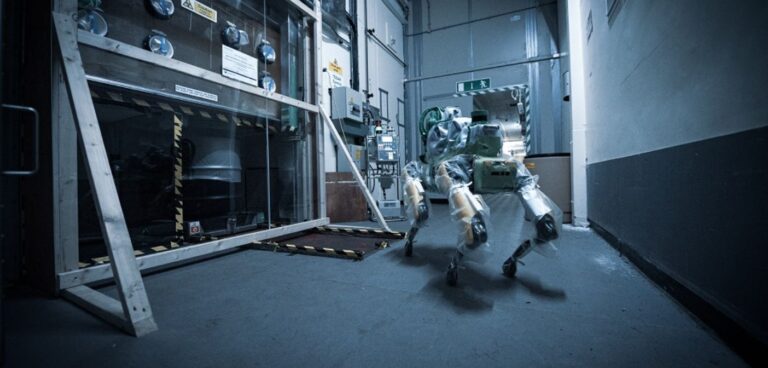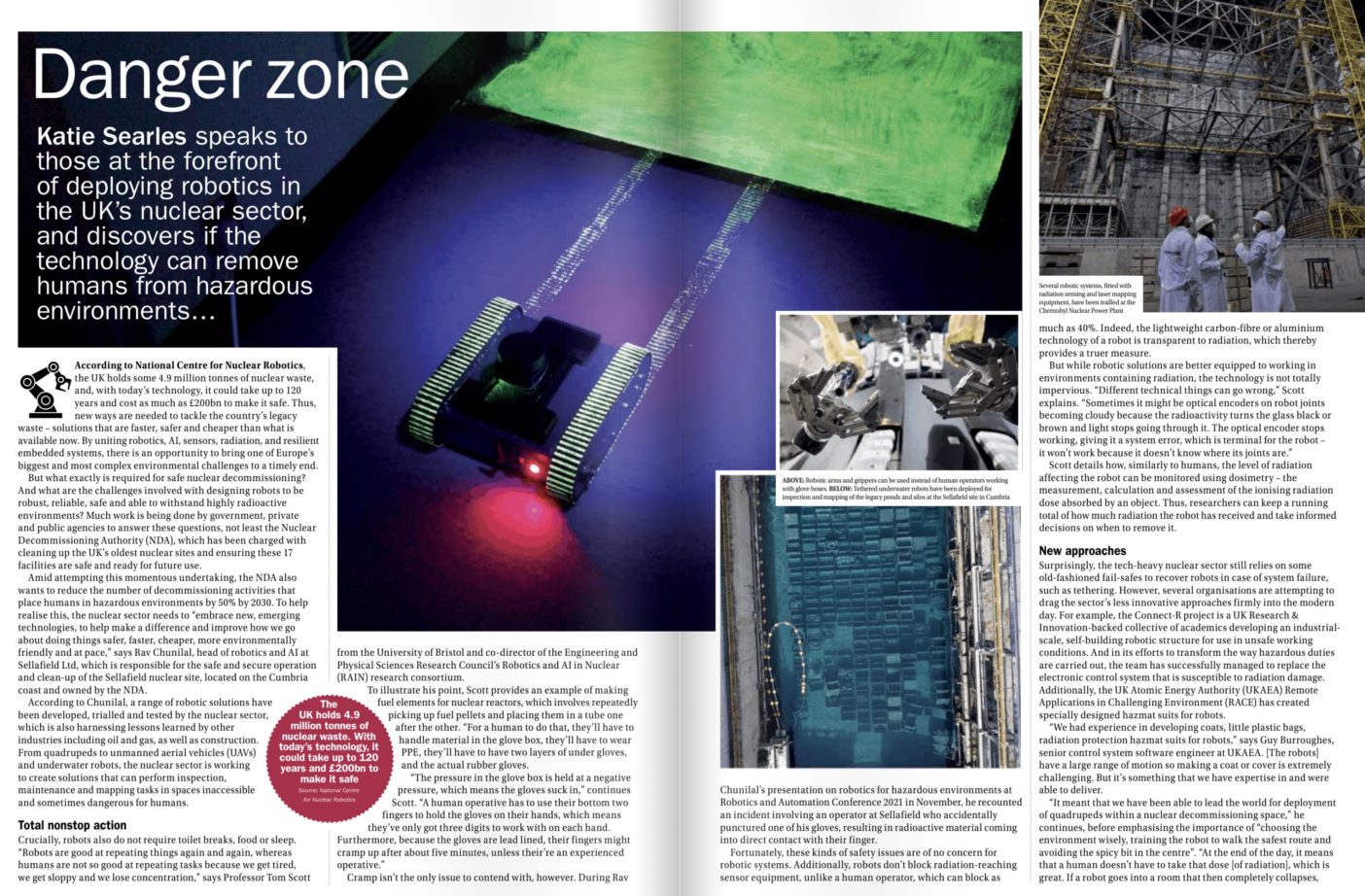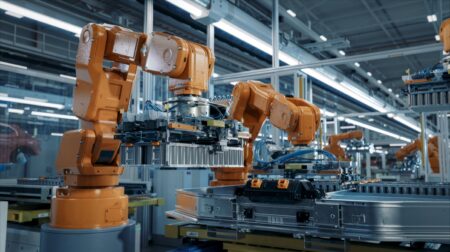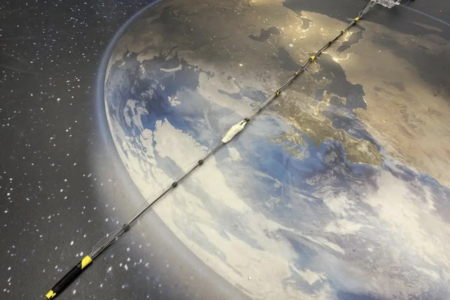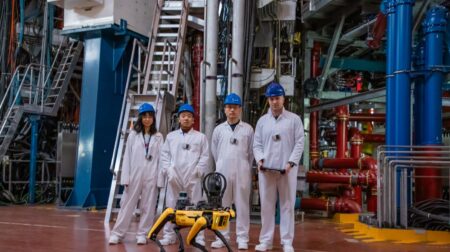Hot Robotics, the UK’s National Nuclear User Facility (NNUF), is once more trialling the use of quadrupedal, 4-legged, robots in hazardous environments to detect potential hot-spots.
During February, researchers from the University of Bristol will look to measure radioactive particles with a single radiation sensor on a quadrupedal robot. The experiment proposed would consist of taking measurements with Spot, and an attached radiation detector of a sealed source of known position and activity from different detector positions.
To locate a particle, measurements must be taken from different positions, and a high level of accuracy is needed for these measurements, Bristol’s Matthew Ryan Tucker explained.
While standing in place, quadrupedal robots can move from side to side and tilt up and down. The radiation readings can then be corrected for attenuation of radiation through air. The robot would appear to be “sniffing” out the source of radiation.
Spot was hired from RACE’s Hot Robotics facility and funded by the NNUF User Access Scheme.
According to the project, this experiment has the potential to dramatically lower the costs of clean-up operations in nuclear disasters and accidents, and of routine monitoring of contaminated areas, and reduce the risk of spreading this contamination.
This follows Spot being deployed at Sellafield in December as part of trials of a contamination control suit developed for the robot dog. The suit enabled Spot to complete a routine survey using Createc’s radiation measurement and imaging technologies. This forms part of RACE’s growing relationship with the UK’s nuclear decommissioning sector.
Future Spot deployments will see robot inspection devices being used in active nuclear decommissioning facilities, with the aim of making inspection faster, safer and cheaper.

